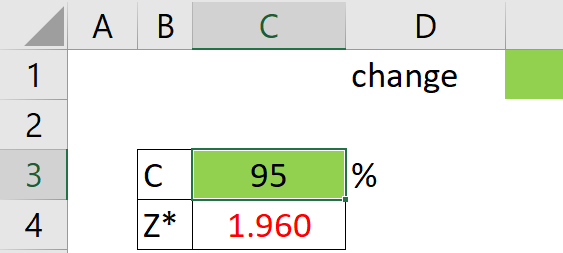How hot is the air in the top (crown) of a hot air balloon? Information from Ballooning: The Complete Guide to Riding the Winds, by Wirth and Young (Random House), claims that the air in the crown should be an average of 100°C for a balloon to be in a state of equilibrium. However, the temperature does not need to be exactly 100°C. What is a reasonable and safe range of temperatures? This range may vary with the size and (decorative) shape of the balloon. All balloons have a temperature gauge in the crown. Suppose that 56 readings (for a balloon in equilibrium) gave a mean temperature of x = 97°C. For this balloon, σ ≈ 14°C. (a) Compute a 95% confidence interval for the average temperature at which this balloon will be in a steady-state equilibrium. (Round your answers to one decimal place.) lower limit °C upper limit °C (b) If the average temperature in the crown of the balloon goes above the high end of your confidence interval, do you expect that the balloon will go up or down? Explain. It will go down because hot air will make the balloon fall.It will go up because hot air will make the balloon rise. It will go down because hot air will make the balloon rise.It will go up because hot air will make the balloon fall.
How hot is the air in the top (crown) of a hot air balloon? Information from Ballooning: The Complete Guide to Riding the Winds, by Wirth and Young (Random House), claims that the air in the crown should be an average of 100°C for a balloon to be in a state of equilibrium. However, the temperature does not need to be exactly 100°C. What is a reasonable and safe
| lower limit | °C |
| upper limit | °C |
(b) If the average temperature in the crown of the balloon goes above the high end of your confidence interval, do you expect that the balloon will go up or down? Explain.
Since population standard deviation is known, Use z-distribution to find z-critical value.

Plug in all the values in the formula, we get
Step by step
Solved in 2 steps with 15 images









